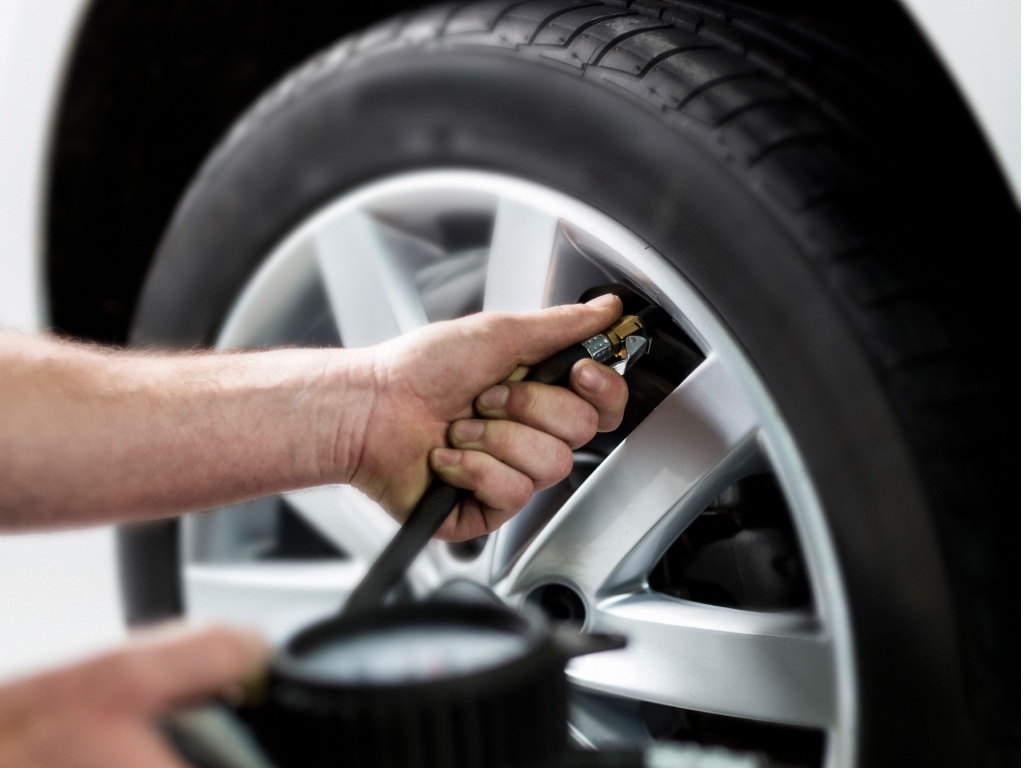Maintaining correct tire inflation pressure is very important since it helps optimize tire performance and fuel economy while over-inflated tires are just as problematic as under-inflated ones.
In fact, driving with under-inflated tires is one of the biggest causes of tire failure, according to the National Highway Traffic Safety Administration.
Besides, under-inflated tires can cause many other problems such as wearing out more rapidly, handling poorly and reducing fuel efficiency.
In addition, over-inflated tires are more susceptible to damage from road irregularities, and this also creates a bumpier ride.
Overfilling your tires is just as dangerous as under-filling them, so it’s important you know what is recommended for your vehicle.
This article will give you everything that you need know about your recommended tire pressure. These include:
Buy Pressure Gauge at Amazon
Recommended tire pressure, where to find it?Since tire pressure is so important to your safety and your car’s overall performance, it is important to know which level of tire pressure is right for your vehicle.
In fact, how much air pressure your tires need depends on several factors, including the type of vehicle, the type of tire and the intended use of the vehicle etc.
Air pressure in tires is measured in pounds per square inch or PSI. You can find your tire pressure both inside your car and on the sidewall of the tire.
How to find recommended tire pressure inside your carYou could find the manufacturer’s optimum or recommended tire pressure for your car on a sticker in the door jam, or in your owner’s manual. Some car models even place the stickers on the trunk lid, in the console or on the fuel door. For best results, look for a placard on the inside of the driver’s door, like the example in the photo below.
How to find maximum tire pressure on the sidewall of your tiresSomewhere on the sidewall of your tire, just below the big, bold letters of the manufacturer, for example, you might have noticed the words ‘Max. Press. 35 PSI.’ (pounds per square inch).
Press. 35 PSI.’ (pounds per square inch).
That number tells you the maximum cold pressure needed for your tire to carry its maximum load.
Most typical tires require about 32 to 35 pounds per square inch (PSI) of air, says Rod Tate, owner of highly rated Colony One Auto Center in Stafford, Texas.
Large trucks require much larger tires with PSIs of 50 to 60. Heavy-duty vehicles can go even higher. For example, tire in the picture below requires 41 pounds per square inch of air.
However, the tire’s maximum pressure is NOT necessarily the most suitable pressure for every vehicle upon which the tire can be used (almost all vehicle manufacturers’ recommended tire inflation pressures are less than the tires’ maximum pressure).
You really should follow the recommended pressure printed somewhere inside your car or in the manual rather than the maximum pressure. In the next section, I will explain why.
Buy Pressure Gauge at Amazon
Why is maximum tire pressure not the best?If you insist on inflating your tires to the max PSI, there will be more likely that two things below will happen
Since tires inflated to the max cannot give as much on the sidewall, you might see superior cornering, but it could be at the risk of your braking threshold. One quick corner and your back end could slide out.
One quick corner and your back end could slide out.
When your tires are inflated too much, the rubber rounds out at the top of the tire when you are driving, and the center will quickly wear out. You will also reduce your traction and you could even cause a blowout.
Therefore, maximum pressure is not the best, rather, recommended pressure is. I need to repeat here that the pressure listed on the sidewall is a maximum pressure only, but not a recommended pressure. Instead, you should use the air pressure recommended in the vehicle’s owner’s manual or tire information placard label.
How to check your tires pressure?Therefore, maximum pressure is not the best, rather, recommended pressure is. I need to repeat here that the pressure listed on the sidewall is a maximum pressure only, but not a recommended pressure.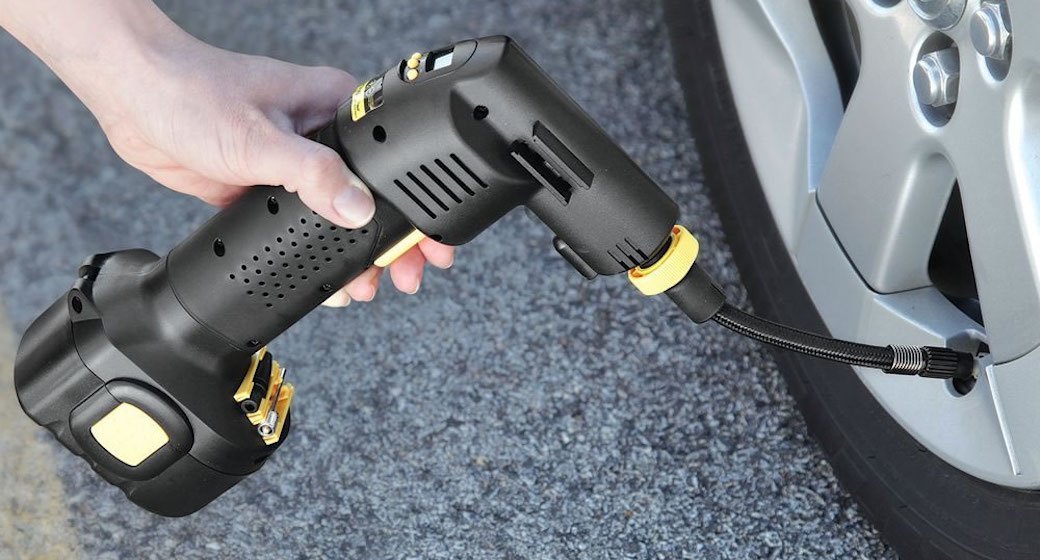 Instead, you should use the air pressure recommended in the vehicle’s owner’s manual or tire information placard label.
Instead, you should use the air pressure recommended in the vehicle’s owner’s manual or tire information placard label.
After knowing the most appropriate pressure for your car tires, you should check whether your tires have such pressure. In addition, checking the pressure of your tires regularly is one of the most important – and most often overlooked – regular maintenance that you should do to ensure your safety and quality of your driving. Monitoring the amount of air in your tires will let you know if you have a small leak and can help you avoid an unexpected flat tire.
Frequently checking your PSI becomes even more important in the fall and winter, when outside temperatures drop and weather conditions fluctuate causing your tires to lose air more quickly. Generally speaking, your tire will gain or lose one PSI for every 10-degree change in temperature, which means if you have a sudden drop of 30 degrees, you could lose three PSI overnight. If your tires were already low, this could cause tire damage, steering problems or even a flat tire.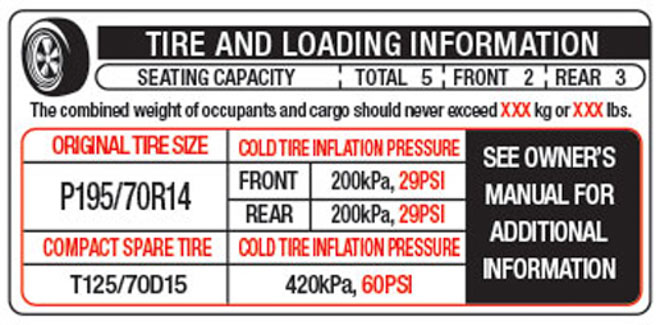
Some experts recommend that you should check the air pressure every time you refuel; others say once a month is sufficient.
How to check tire pressure properly? Checking tire pressure is easy. You can do it right at home or at the gas station. Just be sure you check the pressure when your tires are cold, or have not been driven in several hours. This will give you the most accurate reading.
The most important piece of equipment you need is an accurate tire pressure gauge. You can find battery-operated digital gauges, or more traditional stick-type gauge found at most gas stations. A good gauge should not set you back more than $15 – a worthwhile investment for a longer life for your tires.
Buy Pressure Gauge at Amazon
Make sure you have your manufacturer’s PSI handy when you are checking your tire pressure, and then follow these steps:

By checking tire pressure once a month, you will get a good idea how they are performing. If your tires are fairly new and continue to leak air, you should consult your dealer or mechanic. You may have a faulty valve or other damage that is difficult to detect which could unfortunately result in the need to replace the tires completely.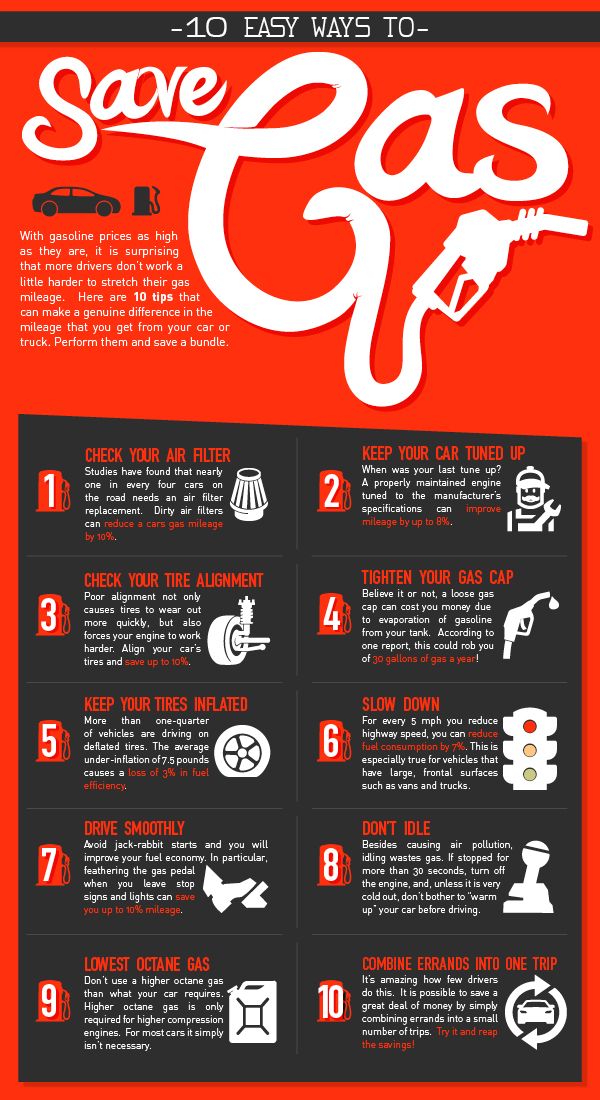 But with proactive maintenance, you could catch an issue before it becomes a problem, and just end up needing a small repair.
But with proactive maintenance, you could catch an issue before it becomes a problem, and just end up needing a small repair.
Often, it is hard to spot an under-inflated tire until it is too late – in other words, it is completely flat. Of course, you could carry a gauge around at all times to measure the pressure, but that is not exactly convenient. Instead, watch for these signs and symptoms of tires that are under-inflated.
When your tires are under-inflated, your ride can be less smooth than usual. You may even find that it takes longer to brake.
When a tire is not inflated properly, it wears down more quickly. If you notice that one or all of your tires are wearing out faster than usual, it may be because they are under-inflated.
Tires that are under-inflated can make your vehicle quiver and shake, which is not a pleasant driving experience. Under-inflation can even cause tires to become misaligned, with comes with it is own variety of problems.
Under-inflation can even cause tires to become misaligned, with comes with it is own variety of problems.
These are all things that you need to know about recommended pressures of your car tires. After reading this article, you will never confuse about the right pressure of your tires and will know how to check it.
Please share your ideas with me if you have other tips for this.
When it comes to driving safety, tire pressure is always one of the hottest topics. Why does tire pressure matter? What the heck is that little annoying symbol on my dashboard? Should I under-inflate my tire during the winter? How often should I check my tire pressure?
We got tons of questions like this from our community, so for today, let's dive deep into the world of tire pressure, put our geeky glasses on and figure out everything you need to know about your tires.
1. What's The Recommended Tire Pressure For My Car?
The recommended tire pressure varies based on the vehicle makes determined by the manufacturer after thousands of tests and calculations. For most vehicles, you can find the ideal tire pressure on the sticker/card inside the driver’s door for newer cars. If there’s no sticker, you can usually find the info in the owner’s manual. Normal tire pressure is usually between 32~40 psi(pounds per square inch) when they are cold. So make sure you check your tire pressure after a long stay and usually, you can do it in the early morning.
For most vehicles, you can find the ideal tire pressure on the sticker/card inside the driver’s door for newer cars. If there’s no sticker, you can usually find the info in the owner’s manual. Normal tire pressure is usually between 32~40 psi(pounds per square inch) when they are cold. So make sure you check your tire pressure after a long stay and usually, you can do it in the early morning.
2. How To Check The Tire Pressure?
After knowing the proper tire pressure of your vehicle recommended by the manufacturer, you should check your tire pressure regularly to make sure that you are in good shape.
You can check your tire pressure in auto part stores, the mechanics, gas stations, and at home. To check tire pressure at home, you need:
As tire pressure changes with the temperature a lot, and recommended tire pressures are cold inflation pressure, you should start with cold tires if possible.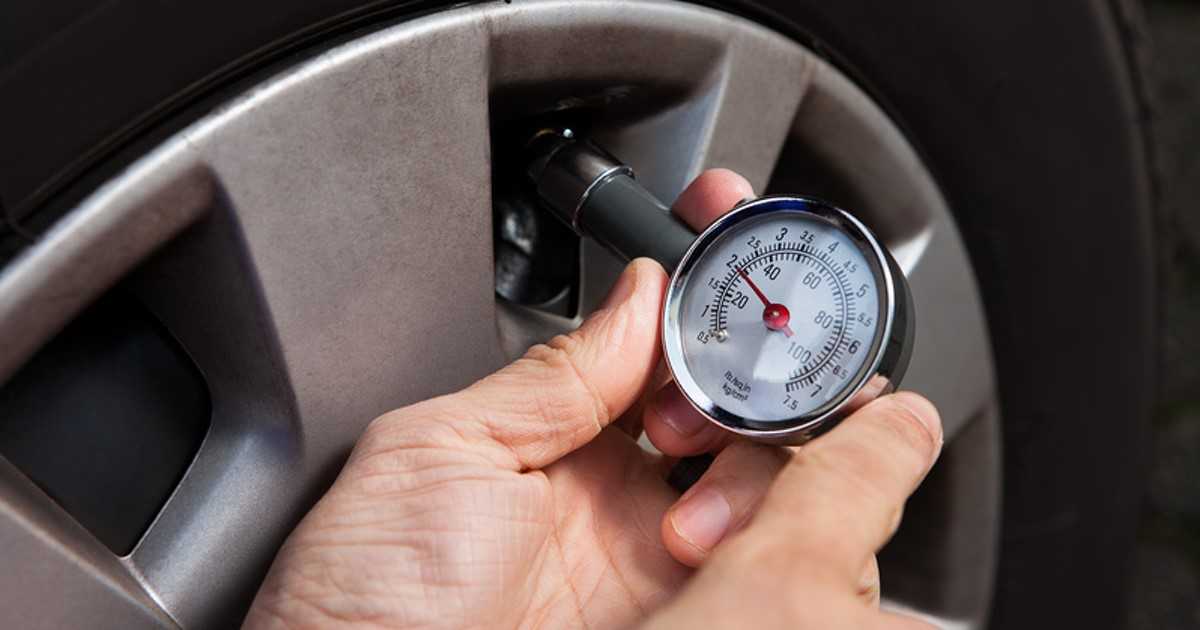 We mostly check the tire pressure after one night's rest to avoid the heat from the friction of the last drive, and before the temperature goes up.
We mostly check the tire pressure after one night's rest to avoid the heat from the friction of the last drive, and before the temperature goes up.
Unscrew the valve cap and press the tire gauge onto the valve stem hard enough until the hissing sound disappears. There should be a reading as long as the gauge is well connected to the tire.
You can then note down the tire pressure of each tire, and compare them with the ideal psi you read from inside your driver’s door or in the owner’s manual. Make sure you read in detail, as for some vehicles, front and rear tires have different recommended psi.
If you find a tire underinflated, use the air compressor to fill your tires. You can either buy an air compressor in the auto parts store or use one in a gas station. Remember to rest your tires for at least half an hour to make sure they’re cold and the reading is accurate. If you have to fill your tires when the tires are hot, inflate them 3~4 psi above the recommended psi, and check again with your gauge when they are cold. It’s ok to overinflate a bit when filling the tires, as you can let the air out with the gauge.
If you have to fill your tires when the tires are hot, inflate them 3~4 psi above the recommended psi, and check again with your gauge when they are cold. It’s ok to overinflate a bit when filling the tires, as you can let the air out with the gauge.
After filling the tires, use your tire pressure gauge to check the tire pressure again and make sure they are in a good range. Let the air out a bit if they are over-inflated by pressing the gauge harder on the valve stem.
3. How To Maintain Proper Tire Inflation?
Tire maintenance is essential for the overall performance of your vehicle, and we highly recommend that you check your tire pressure every time you inflate your tire, each 10°F (5.6 °C) temperature change, and every 30 days.
Be mindful that don’t wait until the TPMS(Tire Pressure Monitoring System) light come on before you check the tire pressure, as the normal TPMS may:
 ..
..For more information about the tire pressure monitoring system, please check our post about TPMS: What is TPMS and Why Does it Matter?
Thus, we highly recommend that you check your tire pressure regularly, especially before a long drive or heavy load driving. Also, temperature affects the tire pressure a lot, and we will explain it in the next section.
4. How Does Temperature Affect Tire Pressure?
First of all, the rule of thumb is for each 10°F (5.6 °C) decrease in temperature, the tire pressure will drop by one psi for most passenger vehicles. When it comes to commercial truck tires, which are often inflated to over 80 psi (twice as much as a passenger vehicle tires), the change of tire pressure according to temperature is doubled to 2 psi for every 10°F.
For the non-nerdy readers, just remember this rule of thumb and keep in mind that you will need to monitor your tire pressure during different seasons or a sudden temperature change.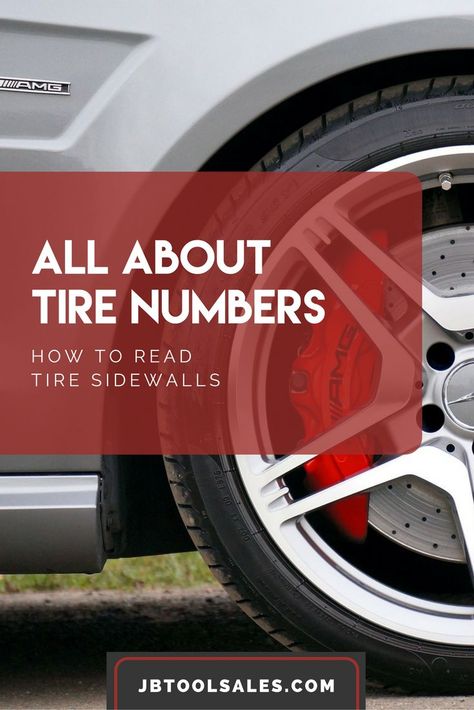 For those who want a deeper dive into how psi's are determined, here's the science behind it.
For those who want a deeper dive into how psi's are determined, here's the science behind it.
The equation we use to calculate the relationship between tire pressure and the temperature is called the Ideal Gas Law. It is a good approximation of the behavior of many gases under many conditions. (Appx1) It works well for most low-pressure gases. When applied to tire pressure calculation, the error is less than 1%.
First, we take the Ideal Gas Law equation and apply it to our circumstance:
where,
P = absolute pressure
V = gas volume in the tire
n = the number of molecules of gas in the tire
R = universal gas constant
T = temperature
Since we are trying to examine the pressure change according to the temperature, let's assume two tire pressures P1 & P2 at their set temperatures T1 & T2.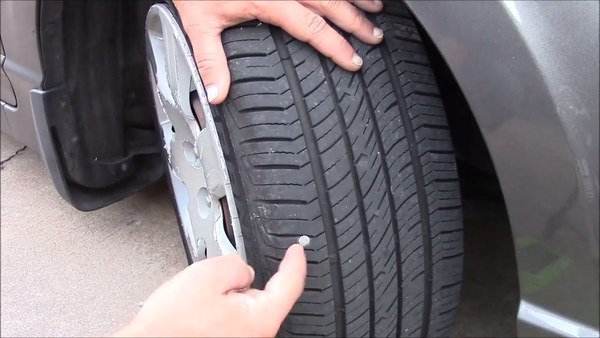
Given the n and R are both constants, and the gas volume in the tire is also a constant, we can take those constants out of the equation, and suddenly we get this straightforward one:
Let's say the temperature drops from 100°F to 50°F, the tire pressure at 100°F is 35 psi, so what's the tire pressure now at 50°F?
(the metric system is getting in the way, huh?)
Absolute Pressure = tire pressure + sea level air pressure (14.7 psi). So,
Put all that into the equation,
So a 50°F drop in temperature lowers the air pressure by 4.5 psi, which is pretty much the same according to our rule of thumb.
5. How Does Tire Pressure Affect Driving
Both overinflation and underinflation affect your tire performance a lot, and serious problems might occur. According to NHTSA(National Highway Traffic Safety Administration), driving on underinflated tires increases a driver's chance of being in a serious accident by 300%.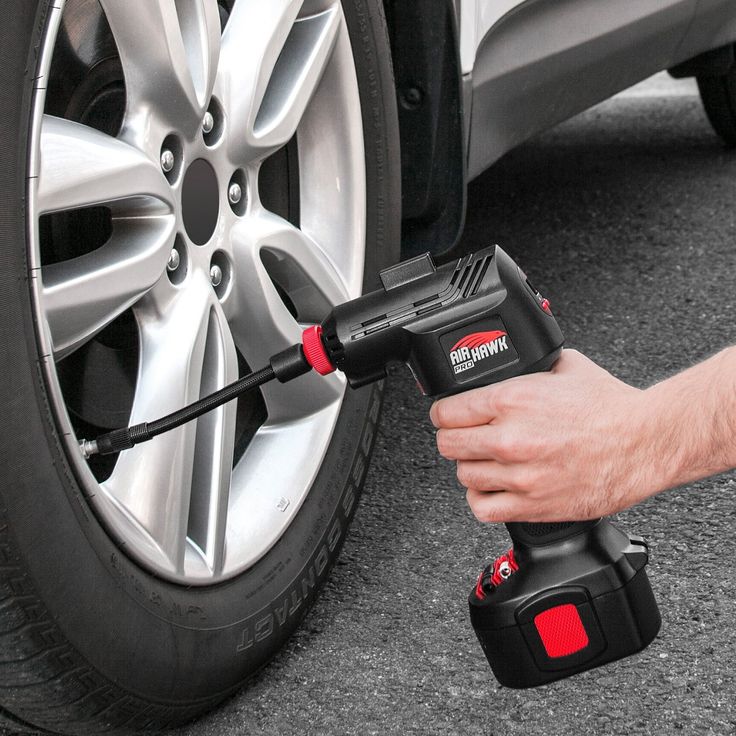 So how will a bad tire pressure affect driving safety? We will explain in detail below.
So how will a bad tire pressure affect driving safety? We will explain in detail below.
The grip is mostly associated with the size of the contact patch between the tire and the road. An over-inflated tire radically decreases the contact patch while an under-inflated tire does the opposite.
A larger contact patch gives you more grip, and this is the exact reason why lots of racers will intentionally decrease their tire pressures to create a larger contact patch on a dry race track.
However, despite the fact that an under-inflated tire will cause more fuel consumption and improper tear and wear of the tires, for most daily commuters, it might cause an even scarier problem, which is hydroplaning.
Hydroplaning is a hazardous event when a layer of water builds between the wheels and the road surface, leading to a loss of traction that prevents the vehicle from responding to control inputs. (Appx2)
Hydroplaning occurs when the pressure of the tire pushing on the ground is equal to the water pushing back up on that tire.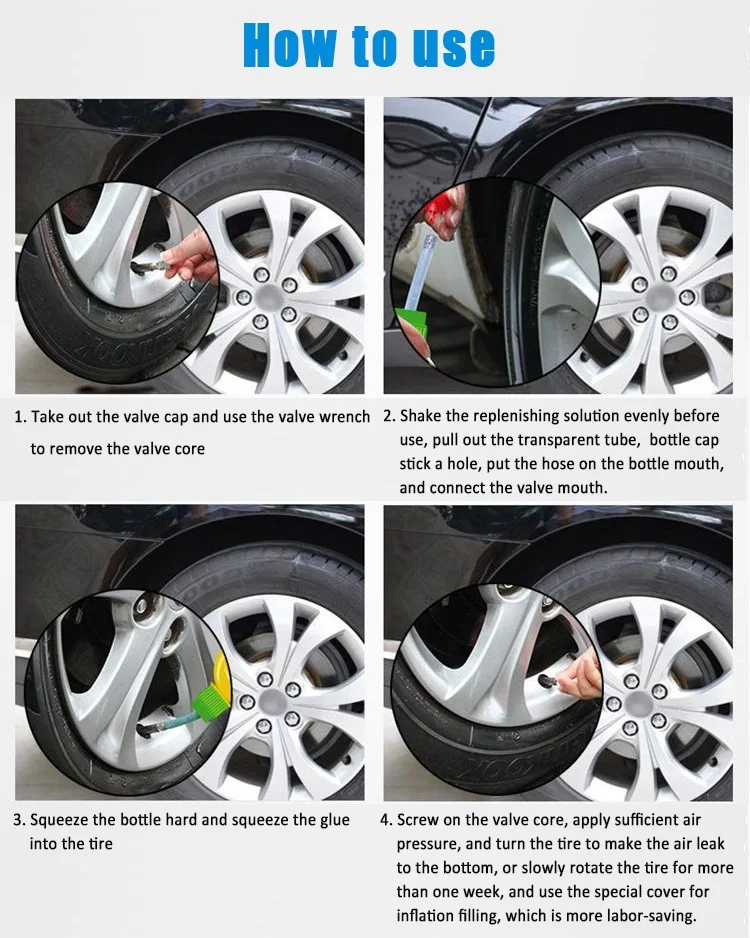 The size of the contact patch, given the force or the weight of the tire, is the same, directly affects the average pressure the tire's putting down on the road. The larger the contact patch (by deflating the tires), the less pressure it puts on that same area. So there's a causal relationship between your tire pressure and the possibility of a hydroplaning event.
The size of the contact patch, given the force or the weight of the tire, is the same, directly affects the average pressure the tire's putting down on the road. The larger the contact patch (by deflating the tires), the less pressure it puts on that same area. So there's a causal relationship between your tire pressure and the possibility of a hydroplaning event.
Here's a more visual explanation of what is happening between a properly-inflated tire and an underinflated tire when driving on a wet road.
To avoid a hydroplaning event, ALWAYS inflate your tires properly. Also, check your tires' treads, which make the water flow around the tires more efficiently, and of course, driving slow is always a big plus.
How tire pressure affects tire wearThe contact patch directly decides the pattern of the tire's wear and tear. You don't want your tires to wear out prematurely just because you have an over or under-inflated tire.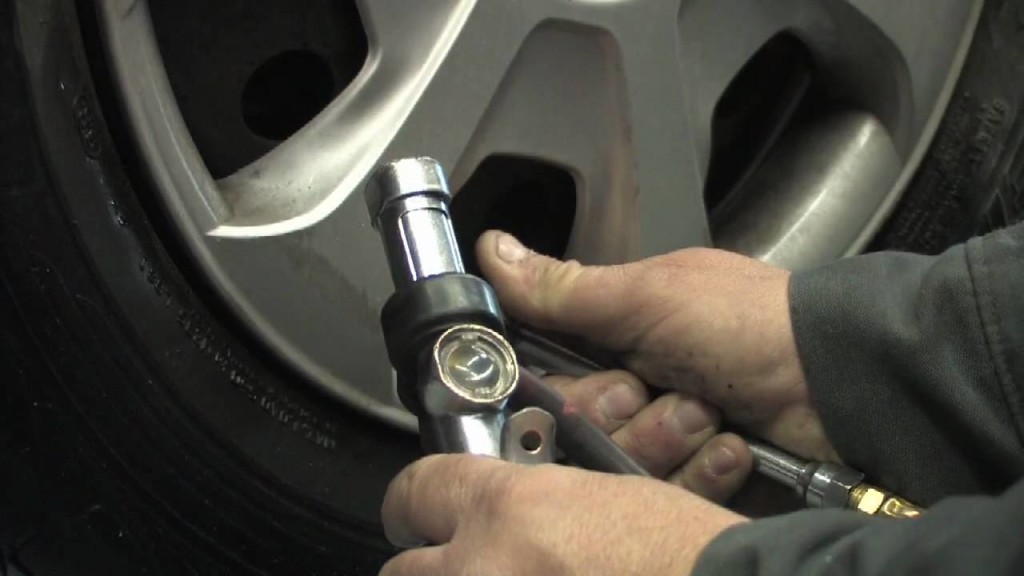
Imagine you are a ball rolling on the ice, there's no friction between the two surfaces, how much extra force do you need to apply to keep the ball moving? Zero (Thanks, Newton). The same applies to your fuel consumption when it comes to driving on the road. The rolling resistance between your tires and the road significantly affects fuel economy, and by now we should all know the logic behind this, lower tire pressure leads to a larger contact patch, which causes higher rolling resistance, and thus, poor fuel economy.
A Michelin study showed that your tire is accountable for at least 1/5 of your total fuel consumption and a 1-bar of pressure drop (14.5 psi) would increase your fuel consumption by 3-5%.
6. Special Conditions For Tire Pressure Manipulation
There are of course circumstances where you want to manipulate your tire pressure to meet specific requirements.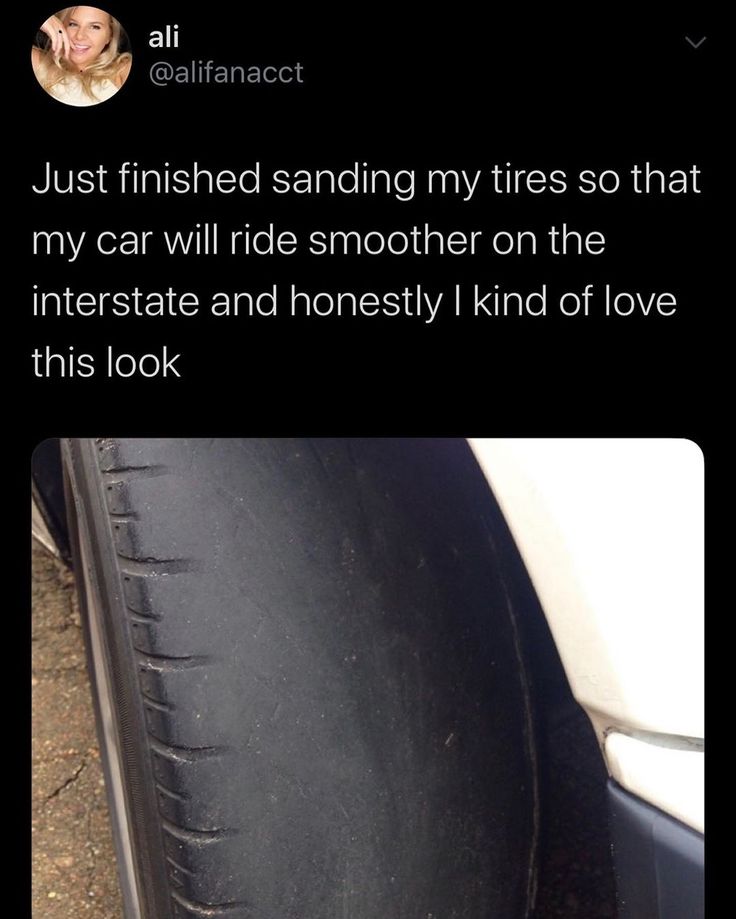 Like the aforementioned track race, or if you are driving on sand, mud, etc. However, as a daily commuter, we strongly suggest you regularly check your tire pressure, preferably once a week and anytime you might take a long road trip, and always keep the tires properly inflated!
Like the aforementioned track race, or if you are driving on sand, mud, etc. However, as a daily commuter, we strongly suggest you regularly check your tire pressure, preferably once a week and anytime you might take a long road trip, and always keep the tires properly inflated!
Conclusion
Tire pressure is always a hot topic regarding driving safety, and it's important to keep an eye on the tire pressure to maximize fuel efficiency and safety.
Before you go
We'd like to offer you our most popular ZUS Smart Vehicle Health Monitor for FREE to better take care of your car and save $$$ on car expenses. Claim your free unit here.
Top Posts from nonda:
What is a Car Diagnostic Test & How to DIY?
What Does Check Engine Light Mean & How to Fix it?
Best OBD2 Scanner & Code Reader: Complete Buying Guide
OBD2 Codes: What You Need to Know
Appendix 1 - Ideal gas law - Wikipedia.
Appendix 2 - Aquaplaning - Wikipedia.
1. Tire and tire pressure recommendations
2. Pressure unit correspondence table
3. Why are deviations in tire pressure dangerous?
- Risks of insufficient tire pressure
- Risks of high tire pressure
4. How does tire pressure affect driving comfort and safety?
- Strengthening due to pressure
- Tire pressure for driving on the highway
- Off-road pressure
- Pressure and fuel economy
5. How does tire pressure depend on the season?
- Winter tire pressure
- Tire pressure in summer
6.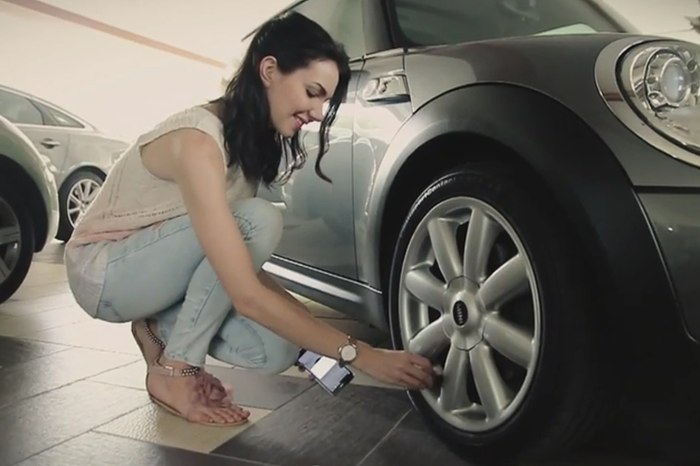 How to check tire pressure?
How to check tire pressure?
7. How often should blood pressure be measured?
Headed out on the road? Check tire pressure. Permanent advice, which, alas, is often forgotten. In the meantime, properly inflated tires make driving comfortable, driving safer, and tire life longer. What should be the pressure? What are the dangers of over-inflated or under-inflated tires? We have collected answers to all questions, as well as useful tips, in one article. Everything written below will help you not only make your trip safe, but also save your budget. How? Read and level up.
What should be the pressure?
Recommendations of car and tire manufacturers
So, let's start with the banal. Each car manufacturer has standards and recommendations for the level of inflation pressure in tires. It's always best to stick with them. You can find the numbers you need:
* In the vehicle owner's manual
* On a special sticker inside the car (usually on the car door, B-pillar or gas cap)
* In the form of a QR code (relevant for the latest models, especially premium ones; the sticker with the code is located in the same places)
These cheat sheets contain all the information you need. The manufacturer stipulates not only the optimal level of internal tire pressure, but also the limits to which it can be increased or decreased relative to the norm. The amount of pressure depends on the size of the tires, on some cars the recommended pressure for the rear and front wheels differs. To summarize, for most passenger cars, the recommended constant tire pressure ranges from 2-2.5 atmospheres. This is the norm not only for a comfortable and safe ride, but also for fuel economy.
The manufacturer stipulates not only the optimal level of internal tire pressure, but also the limits to which it can be increased or decreased relative to the norm. The amount of pressure depends on the size of the tires, on some cars the recommended pressure for the rear and front wheels differs. To summarize, for most passenger cars, the recommended constant tire pressure ranges from 2-2.5 atmospheres. This is the norm not only for a comfortable and safe ride, but also for fuel economy.
Tire manufacturers also indicate pressure on the label. But there is an important point here! The number on the sidewall of the tire is not the norm to strive for, but an indicator of the maximum pressure that the tire can withstand and not burst.
Correspondence table for pressure measurements
Tire pressure is measured in two units: atmospheres (or bars) and psi. Bars are the most common, it is in them that the pressure is measured in gauges in tire shops and gas stations.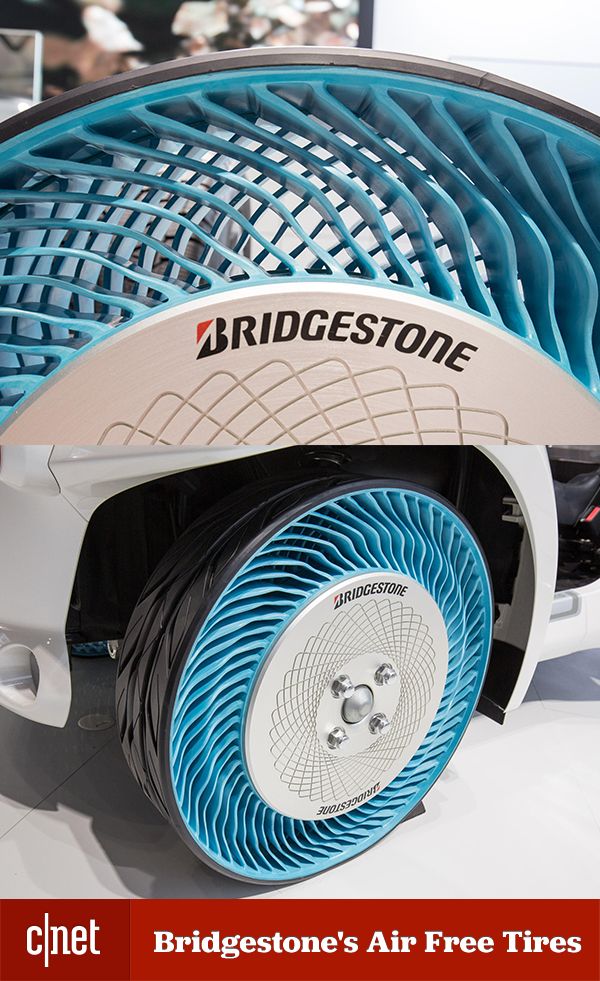 However, in some countries it is psi that is used - pounds per square inch. To avoid confusion, it is worth remembering that one psi corresponds to 0.068 bars.
However, in some countries it is psi that is used - pounds per square inch. To avoid confusion, it is worth remembering that one psi corresponds to 0.068 bars.
Why are deviations in tire pressure dangerous?
Tire pressure affects how long tires last and how quickly they wear out. And not only. If the tires are over-inflated or, conversely, under-inflated, then their critical properties such as traction, vehicle directional stability when driving, handling (especially when cornering and on uneven surfaces), braking distance and resistance to aquaplaning will change.
Why is this happening? To answer this question, elementary knowledge of physics is enough. With the right gas pressure from the inside to the tire, the tire retains exactly the shape that was intended by the manufacturer. The contact patch of the tire with the road is also optimal, because the tread at optimal pressure also retains its shape and the necessary degree of flatness so that its pattern moves along the surface as it should (see figure).
The most dangerous situation is when there are different pressures in different wheels of a car. Yes, some manufacturers allow different pressures in the front and rear wheels, but in pairs, tires on the wheels of the same car axle must still match. If the pressure is not the same everywhere, then the car, when driving, will roll towards the “sagging” wheel - that is, the one where the pressure indicator is the lowest. Such a situation is a reason for technical inspection. If one of the tires loses pressure, it may be damaged. A change in pressure can also be the result of a misaligned wheel rim or a defective spool causing air to leak.
- Risks of insufficient tire pressure
Tires with low internal pressure or, in simple terms, under-inflated tires lose their shape when driving. They become softer, more pliable, and the weight of the car, especially at speed and when cornering, makes them literally sag and sag. What does it threaten?
Uneven wear. The side treads wear out faster than the middle tread because the tire has more contact with the road due to tire deformation.
The side treads wear out faster than the middle tread because the tire has more contact with the road due to tire deformation.
Rolling resistance increases, which causes the tire to heat up more.
Acceleration time is increased.
Increased fuel consumption.
Threatening the integrity of the tire carcass and its rubber, especially in the side parts, which can lead to sidewall rupture. This can be warned by a worn strip that appears around the entire circumference of the tire - this is evidence of chafing of the cord threads.
Risk of tire dismantling. An under-inflated tire may come off the disc seat.
Tires deformed by long-term use at low inflation pressure become unsuitable for further use. Even if the pressure in them is brought to normal, the risk of rupture in the weakened parts remains. If you want to avoid unnecessary expenses - do not strain the tires.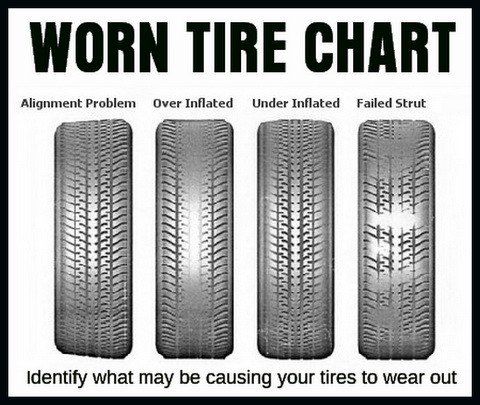
- Risks of high tire pressure
With increased tire pressure, the part of the tread that should be flat and provide reliable traction becomes convex, literally swells up like a ball. As a result, the contact patch of the tire with the road is much smaller than planned by the manufacturer. Why is it dangerous?
The tread wears unevenly, faster in the middle than on the sides.
Decreased grip and handling.
Due to the reduction in the area of contact between the tire and the road, the braking distance increases.
If the tire pressure is too high, the tire runs the risk of exploding.
Long driving on tires with high pressure overstresses the cords, such a tire will last much less.
The deformed contact patch of the tire with the road interferes with the effective removal of water, as a result, hydroplaning can occur on a wet surface.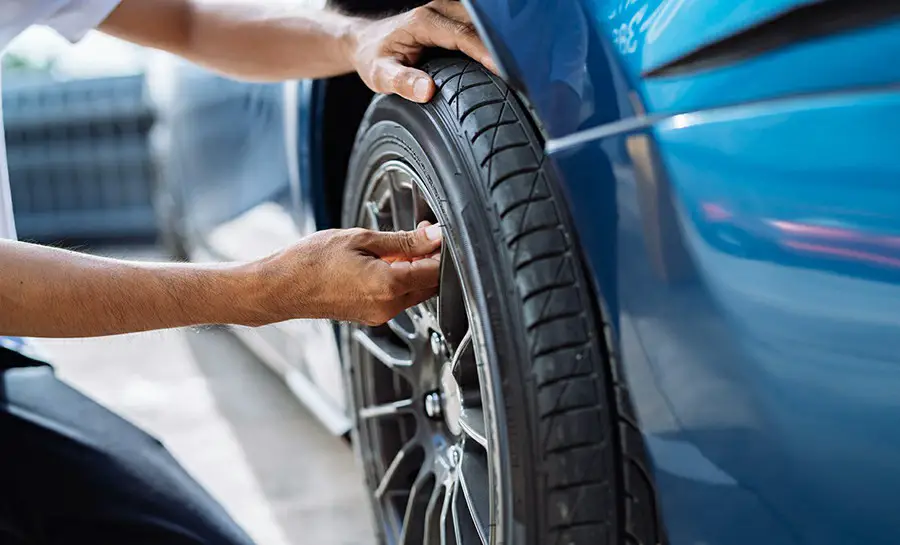
How does tire pressure affect driving safety and comfort?
Sometimes the pressure in the tires still needs to be lowered or increased. It depends on certain driving conditions or the quality of the surface. For a short period of time, this will improve the driving characteristics of the car and driving safety. Of course, everything is within the manufacturer's recommendations, however, even small changes can greatly affect driving comfort.
- Increasing tire strength due to pressure
A slight increase in pressure can slightly raise the "tensile strength" of tires under excessive loads. Yes, overloading the car is bad, but sometimes you have to, especially when the summer season is on the nose. This is especially true for a car with an attached trailer, which increases the load on the rear wheels. Tires at least on the rear axle in this case, it is better to additionally pump up 0.2-0.3 bar. From the additional load, they still “sag” a little.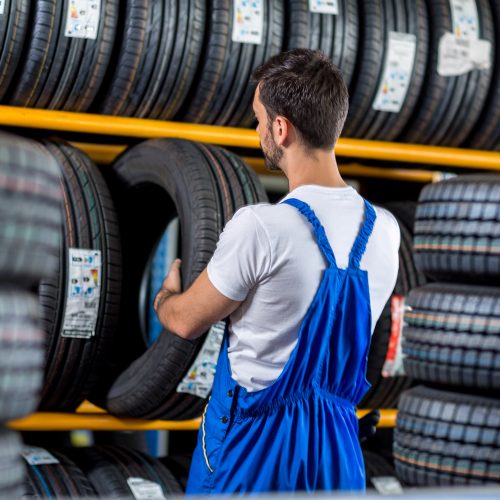
- Tire pressure for highway driving
Long and high-speed races on highways for tires are a strong test. Therefore, even the manufacturers of many cars advise in the operating instructions: before a long trip on a flat road (more than an hour at a speed of 115 km / h), it is better to slightly increase the tire pressure. The increase should be small - 0.2 atmospheres (bar). This recommendation also takes into account the fact that the pressure in the tire itself will increase from the heating of the tire.
- Off-road pressure
Tire pressure adjustment can help you get through difficult terrain. Driving on sand, snow, mud and wet grass will be easier if you lower the tire pressure a little. This maneuver will increase the contact patch of the tire with the surface, increase grip, and the car will be less likely to get stuck and skid. The main thing is to keep a low speed, and when the difficult section is left behind, restore the correct tire pressure again.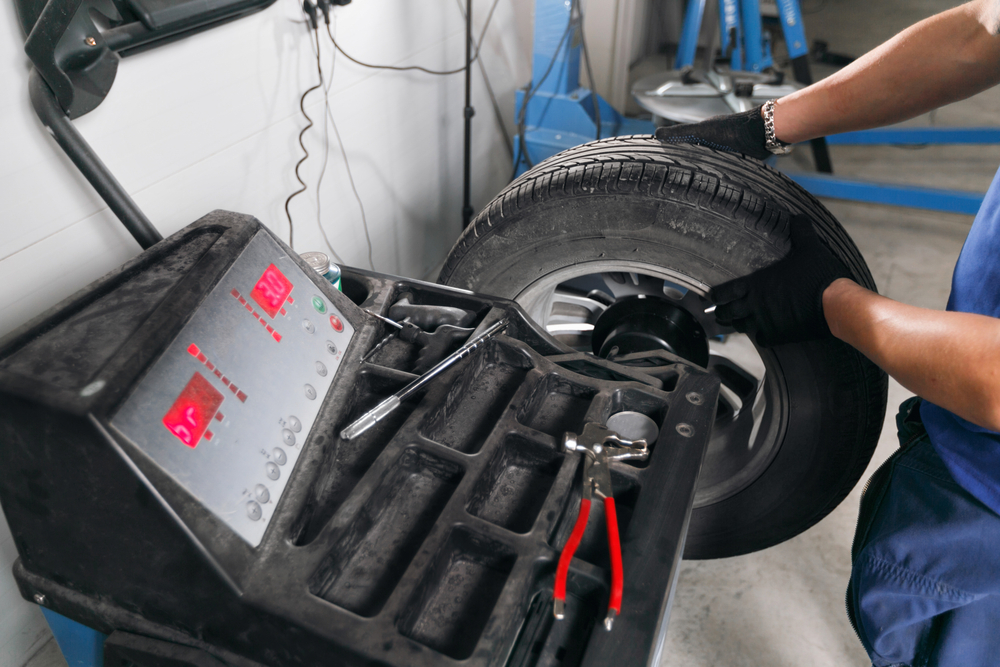
- Pressure and fuel economy
There is a myth that when the tire pressure is higher than normal, fuel consumption decreases. It really goes down, but it's not worth it. The savings will be only less than 5%, but driving comfort will drop dramatically. The fact is that the tire becomes stiffer under excessive pressure, so that you and your passengers will feel all the bumps and bumps in the road. The point in saving on fuel is also lost because with constant driving on overinflated tires, the tires themselves wear out faster and more likely to require replacement costs.
How does tire pressure depend on temperature?
In winter and summer, the pressure in car tires may differ. This directly depends on the physical properties of the gas with which the tires are inflated. We all remember from school that at high temperatures, gas tends to expand, and at low temperatures, on the contrary, it contracts. Therefore, even if the tires were inflated recently, with temperature changes, this very pressure will change, and noticeably. On average, for every 10ºC, the air pressure in the tires changes by 0.1 bar.
On average, for every 10ºC, the air pressure in the tires changes by 0.1 bar.
- Tire pressure in winter
It is especially difficult to maintain constant tire pressure during cold snaps. Therefore, in the fall, changing summer tires to winter tires, checks must be approached carefully. It should be checked during the first frost and after the temperature drops well below zero. Most likely, the tires will need additional pumping. Keep in mind: in a warm garage or in a closed parking lot, it is difficult to catch the pressure drop in the tires. It will happen when you go out into the cold. Therefore, it is better to check and inflate tires after parking in the open air.
- Tire pressure in summer
Summer tire inflation is recommended to be carried out in a warm spring with a margin for the summer and at the end of summer before changing seasonal tires. However, this does not exempt from checks. The fact is that the warmer it is, the more the air in the tires expands - and the sooner it “comes out” through the chambers.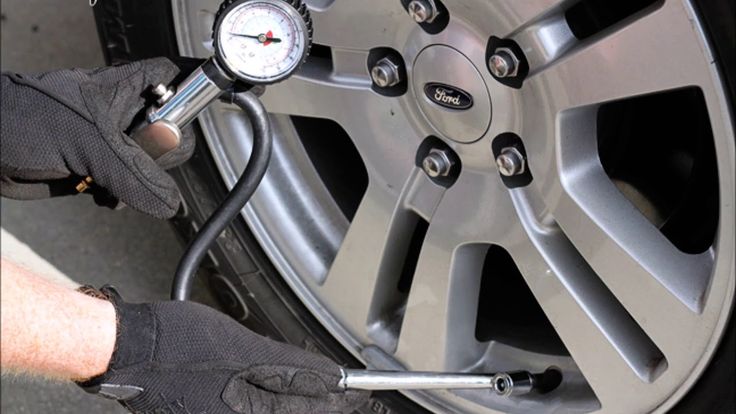 In addition, pressure can drop with even microscopic tire damage, and in summer this happens even faster.
In addition, pressure can drop with even microscopic tire damage, and in summer this happens even faster.
How to check tire pressure?
1. The pressure gauge is your best and indispensable friend in this matter. It can be either portable, up to the size of a key fob, or stationary, installed at a gas station, in a tire fitting room or other specialized car service facilities.
You can buy your own car pressure gauge at any auto parts and accessories store. They are pointer, mechanical or electronic. Not only its price, but also its accuracy depends on the class of the pressure gauge. The pressure gauge is mandatory installed on the compressor for pumping wheels - it is he who allows you to adjust the pumping process and the required amount of air supplied to the tire. But it can also be used separately to determine the existing pressure.
It is easy to check the accuracy of the manometer. Use it immediately after the tire fitting, where you will adjust the inflation pressure in the tire to the desired value, and just check the readings.
2. Automatic tire pressure monitoring systems. For example, premium cars are equipped with direct pressure sensors that are installed directly into the wheel rim. Sensors measure tire pressure and temperature, and the information is sent to the on-board computer. When pressure indicators change, a warning signal is received, or information is displayed on the computer panel in digital and alphabetic form. Similar direct control devices can be purchased and installed separately: pressure control sensors are installed in the wheels, and the receiving device is installed in the passenger compartment.
A similar system is part of the anti-lock braking system (ABS), but it works differently. The ABS system does not measure tire pressure, but wheel speed, and draws conclusions. The fact is that when the pressure decreases, the diameter of the tire changes, and the wheel starts spinning faster in order to “catch up” with the rest. The system captures these changes, checks them against valid values stored in memory, and informs you of the mismatch.
3. Indicator caps are screwed onto the tire valves. These pressure sensors are transparent on top, and this part serves as an indicator: the change in color indicates the current state of the wheels. The obvious disadvantages of such a control system are that it is impossible to evaluate the change in tire pressure during movement with its help; a stop and a visual inspection are necessary.
How often should the tire pressure be checked?
Manufacturers recommend checking tire pressure once a month. But this is the minimum. Of course, under extreme operating conditions and sudden changes in temperature, it is not worth the risk and you need to check more often. And before a long journey or planned loads, checking the internal pressure in the tire is completely mandatory, even if it is extraordinary.
Important: pressure measurement is carried out only on cold tires - that is, those that have remained without movement for at least 5 hours.
5 most important findings
1. Tire pressure affects ride comfort, vehicle handling and your own safety.
2. Under-inflated tires wear out faster, can burst at the side and heat up much faster when driving. With prolonged use of tires with reduced pressure, tires are completely deformed so that they can no longer be restored.
3. Overinflated tires lose reliable grip, and the car loses controllability. In addition, when driving on overinflated tires, the braking distance is greatly increased, and each bump becomes more noticeable.
4. Check tire pressure at least once a month, and definitely before every long trip. A pressure gauge or automatic tire pressure monitoring systems will help with this. The pressure check is carried out on "cold" tires that have not been on the move for at least 5 hours. Temperature fluctuations, frosts, long trips in the summer and overheating of tires are an extra and important reason to double-check tire pressure.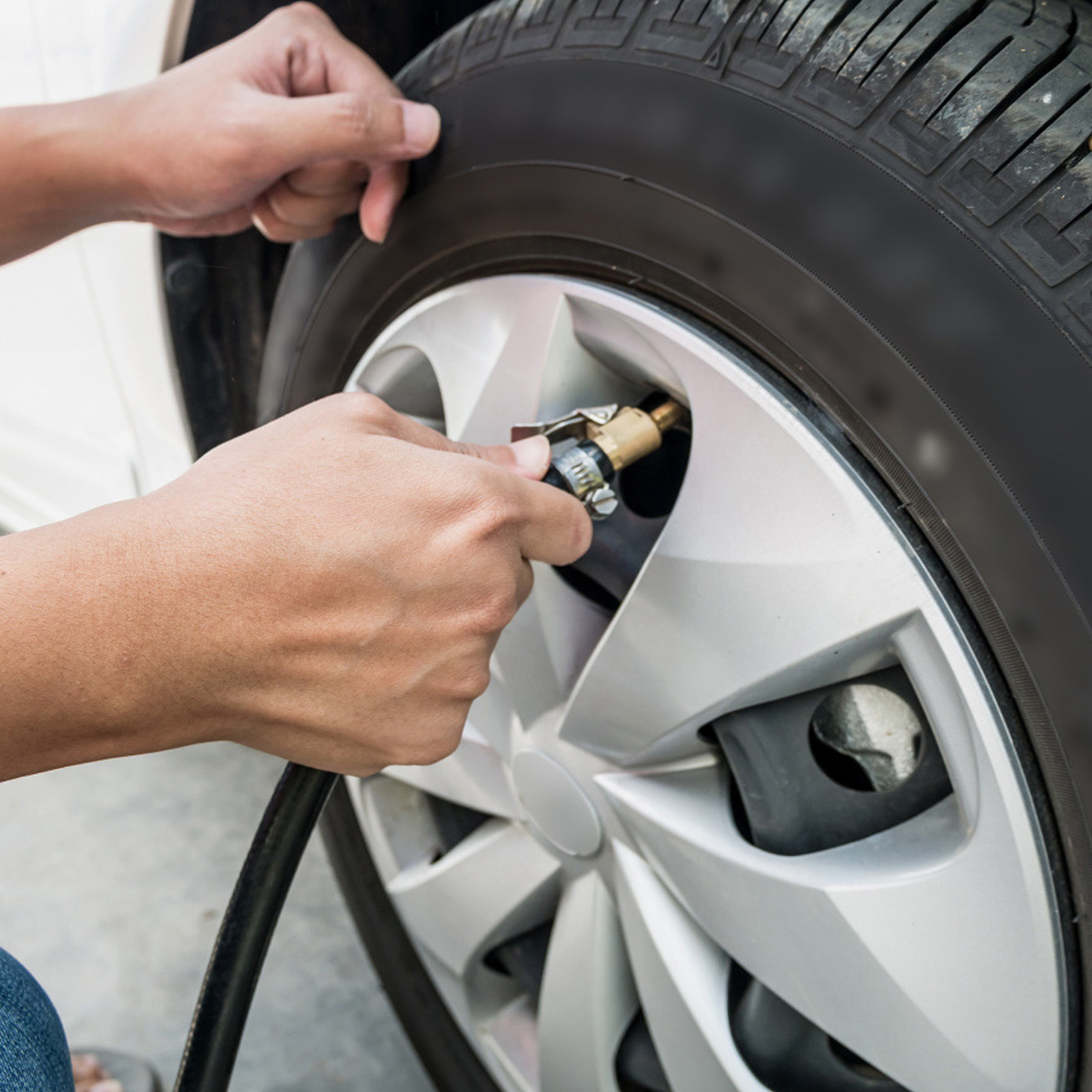
5. Small changes in tire pressure can help you with excessive loads or off-road. But such changes should be short-term, after which the pressure must be restored to the norm recommended by the manufacturer.
What should be the pressure in the tires of the car? Does it need to be adjusted and what will happen if the pressure is changed in one direction or another?
- ALLO, I lowered the wheel!
— Absolutely?
— No, only from below…
Humor from the Net
Let's start with commonplaces. The pressure must be as specified by the vehicle manufacturer. And since the average modern driver usually does not have such information, especially for him, a "cheat sheet" with the necessary numbers is hung on the middle pillar on the driver's side or on the gas tank hatch cover.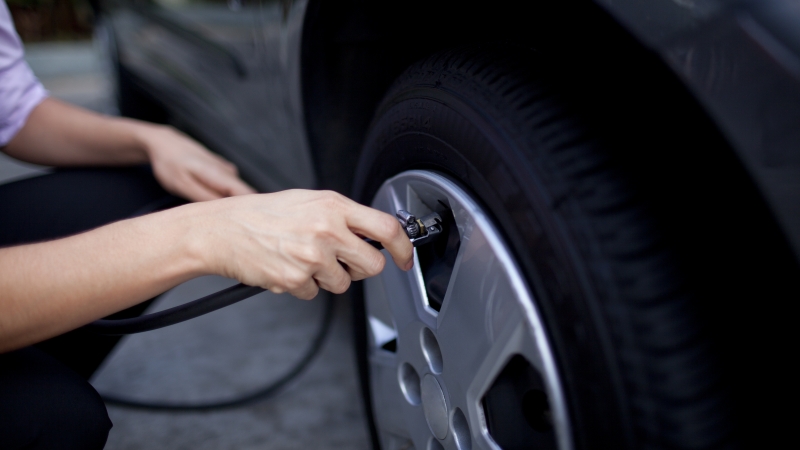
A relatively rare solution: the "reminder" is located on the gas tank cap.
A relatively rare solution: the "reminder" is located on the gas tank cap.
An important point: pressure should be measured only on cold tires. By the way, especially for pedants: cold tires are those on which the car has been without movement for at least 5 hours.
This "cheat sheet" nestled on the driver's door. An example of how tire pressure recommendations change depending on tire size.
This "cheat sheet" nestled on the driver's door. An example of how tire pressure recommendations change depending on tire size.
Since car manufacturers allow the use of tires of different sizes, different pressures may be required. In addition, the pressure in the front and rear tires has the right to both differ and be the same.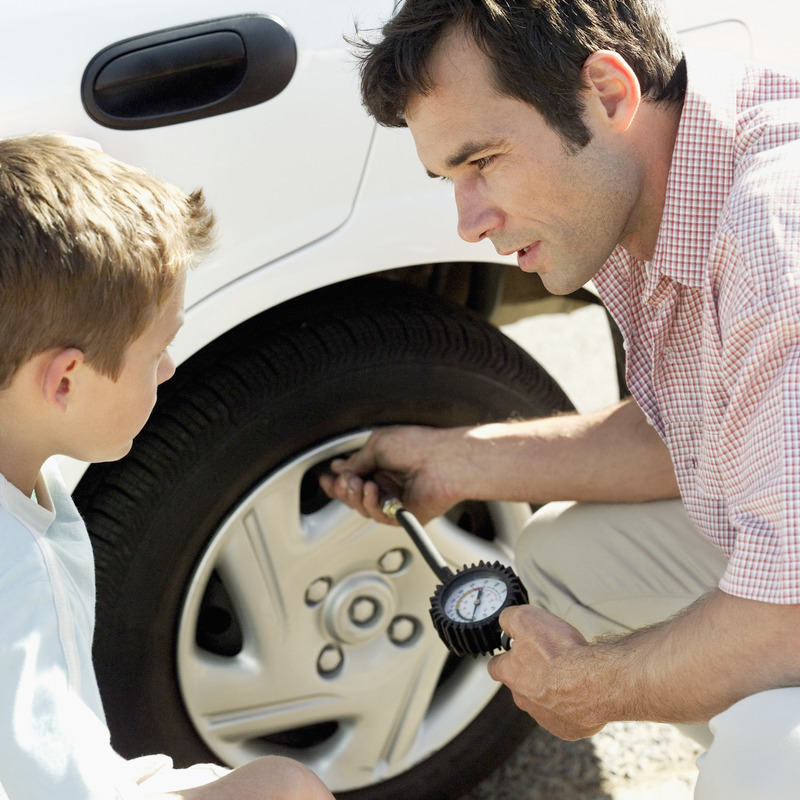
And here there is no difference in the recommendations: what is in front, what is behind is the same.
And here there is no difference in recommendations: what is in front, what is behind is the same.
Related materials
Seasonal tire change: everything car owners need to know
Reduced pressure leads to an increase in tire deformation, greater heating during wheel rolling, and accelerated wear of the outer tread tracks. Perhaps even a violation of the integrity of the frame. As a result, fuel consumption increases. If you hit a hole in the road, the likelihood of damage to both the disk and the tire is higher.
Increased pressure is an overstress of the cords, increased wear of the middle part of the tread. In addition, when driving on a bad road, the shocks that are transmitted to the suspension and body will become more noticeable for riders.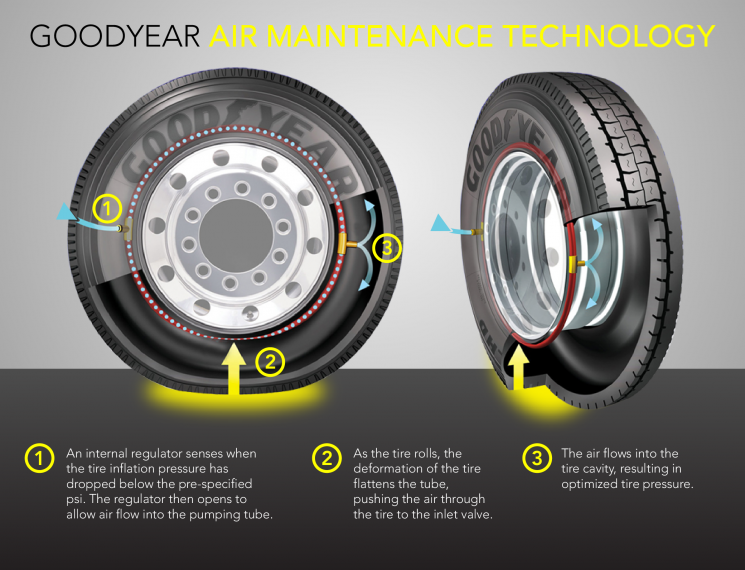 When hit in a pit, the likelihood of a tire burst increases.
When hit in a pit, the likelihood of a tire burst increases.
Uneven pressure on all four wheels is the worst thing! At the same time, the car, while driving, inevitably leads the wheels with lower pressure to the side - in fact, sideways movement begins.
Tube tires of the past required a weekly check, especially before the advent of butyl tubes. Then the pressure began to be checked less often, and nowadays, as a rule, they are limited to visual inspection.
Tube tires of the past required a weekly inspection, especially before the advent of butyl tubes. Then the pressure began to be checked less often, and nowadays, as a rule, they are limited to visual inspection.
In a good way, you should check your tire pressure at least once a month. And before a long journey - just a must.
Related materials
Budget Tire Compressor Test: Wrong Bees
The air pressure in an enclosed space changes by approximately 0.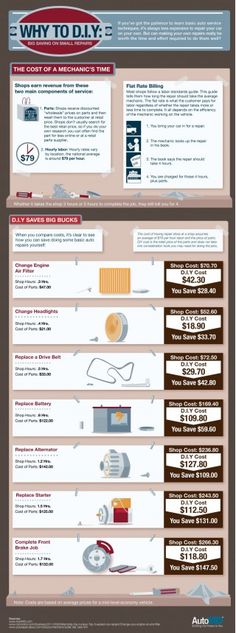 1 bar for every 10 degrees of temperature change. This allows, having installed summer wheels in April, not to worry about the pressure in them until the end of August, when the air temperature begins to drop. Having pumped up the wheels at the end of summer, you can already reach the seasonal shift. But having installed winter tires in October, with the first frosts, you should check the pressure a couple more times: when the temperature drops to minus ten, fifteen, and when it goes over minus twenty. But from the middle of winter until the moment of changing the wheels to summer ones, there is again a period of relaxation.
1 bar for every 10 degrees of temperature change. This allows, having installed summer wheels in April, not to worry about the pressure in them until the end of August, when the air temperature begins to drop. Having pumped up the wheels at the end of summer, you can already reach the seasonal shift. But having installed winter tires in October, with the first frosts, you should check the pressure a couple more times: when the temperature drops to minus ten, fifteen, and when it goes over minus twenty. But from the middle of winter until the moment of changing the wheels to summer ones, there is again a period of relaxation.
Electronics are increasingly thinking for us. Now, a tire pressure monitoring system is being installed on parts of production cars. Moreover, some simply read the wheel speeds through the ABS sensors: after all, a flat tire rotates faster, since its radius is smaller than that of inflated wheels. There are also sensors that evaluate the amount of air pressure and send information via radio to the "brains" of the car. Such devices can also be purchased separately: sensors - in the wheels, and the receiver - in the car.
Such devices can also be purchased separately: sensors - in the wheels, and the receiver - in the car.
By the way, a lot depends on the road you are going to take.
The owner's manuals supplied with the vehicles indicate that it is recommended to increase the pressure by 0.2-0.3 bar before driving for a long time on expressways. We advise you to follow these recommendations on all cars: it will not get worse.
The operating instructions supplied with the vehicles state that it is recommended to increase the pressure by 0.2-0.3 bar before driving for a long time on highways. We advise you to follow these recommendations on all cars: it will not get worse.
I don’t want to discuss overload: this, you see, is not the case. But, unfortunately, many deliberately overload the car several times a year, not only stuffing the interior and trunk to the eyeballs, but also attaching a trailer, which additionally loads the rear wheels of the tractor.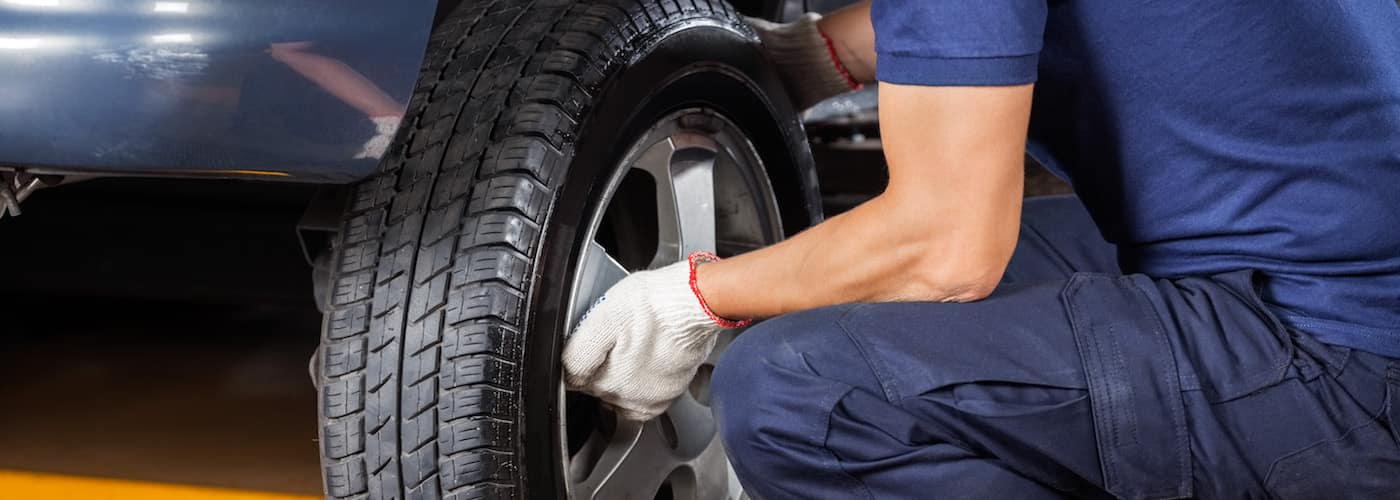 In such cases, we advise you to increase the pressure in the rear tires by at least 0.2–0.3 bar. Tires will only thank you.
In such cases, we advise you to increase the pressure in the rear tires by at least 0.2–0.3 bar. Tires will only thank you.
If you doubt the accuracy of your pressure gauge, then we advise you to check it immediately after leaving the tire shop, where you were set the obviously necessary pressure, to measure it with your own measuring device (separate or as part of the compressor). So you determine whether your pressure gauge is "lying" a lot. For the future, right on the dial, you can put a mark of the correct value.
Of course, it is better to have your own, known to be correct pressure gauge, but such a toy is not cheap.
Of course, it is better to have your own, known to be correct pressure gauge, but such a toy is not cheap.
If terrible ice has caught you on summer tires, for example, in the country, and you need to drive some distance along an absolutely icy road by any means, then you should reduce the pressure in the tires to approximately 1. 6 bar. Is it bad for tires? Yes. But an accident will cost more. In addition, in such a situation, one does not have to wait for high speed, and overheating of tires at near-zero temperatures most likely will not happen.
6 bar. Is it bad for tires? Yes. But an accident will cost more. In addition, in such a situation, one does not have to wait for high speed, and overheating of tires at near-zero temperatures most likely will not happen.
Everyone knows what caused the excellent maneuverability of Soviet tanks? That's right: wide tracks, that is, low pressure on the ground. We, having an ordinary, non-all-wheel drive car, are also able to provide it with a similar cross-country ability. If the wheels of the car sink into sand, snow or sticky mud, then it makes sense to lower the tire pressure. And not only driving, but also driven wheels.
We know from experience that it is often possible to get out of the “black spot” by reducing the pressure to 1.2 bar.
We know from experience that it is often possible to get out of the "black hole" by reducing the pressure to 1.2 bar.
In a very critical situation, if you know that you have a fairly narrow disc and a relatively wide tire (such a wheel has a lower chance of self-unraveling), you can reduce the pressure to 1. 0 bar.
0 bar.
Stalled on wet grass? Try to relieve pressure.
Stalled on wet grass? Try to relieve pressure.
Pressure reduction is also useful in other cases - for example, to overcome diagonal hanging. If you reduce the pressure in the wheels on which the car rests, their height will decrease and there will be a chance to “hook” on the suspended wheels. Of course, if the car has already laid down on the bottom, then it is too late to reduce the pressure - this will only interfere.
A concrete example of the effect of pressure on flotation. In this case, the pressure is very low, and the contact patch of the wheel with the coating is much larger than that of a conventional car.
A concrete example of the effect of pressure on patency. In this case, the pressure is very low, and the contact patch of the wheel with the coating is much larger than that of a conventional car.